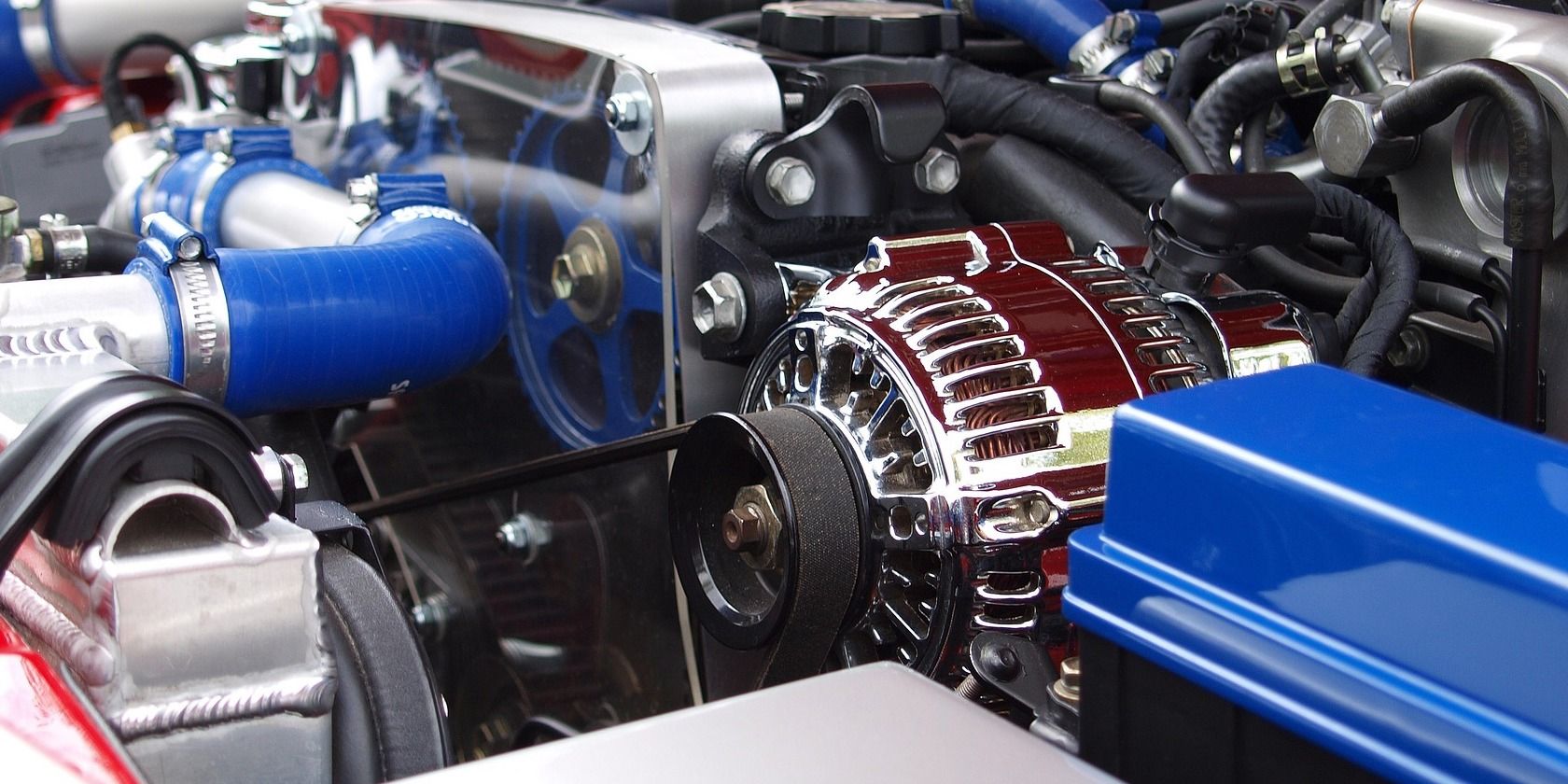Your vehicle's alternator is a wonderful piece of engineering that does a lot more than you might realize. For example, many people don't know that the alternator is the heavy lifter while the vehicle is running, and it also helps keep the battery charged.
It's a common misconception to think that the battery is actively powering all of your vehicle's electronics as you move along, but this isn't the case. Read on to find out how alternators work and the job they do to make your car a great place to be.
What Is an Alternator?
An alternator is basically a mini electrical generator that turns mechanical energy from your vehicle's spinning engine into electrical energy. It generates the electricity that your vehicle's ancillary systems will utilize. The alternator also charges the car's battery while the vehicle's engine is running because the battery experiences strong depletion once it powers the starter at vehicle startup.
Many think that while the vehicle is running, the only thing powering the lights, wipers, radio, and the like, is the vehicle's battery. This is a huge misconception, and the truth of the matter is, if your battery was doing all of this work by itself, it wouldn't be able to turn your car back on again the next time you try to start it. Instead, the alternator keeps all of these things powered by generating electricity that also charges the car battery, and the manner in which it generates electricity is fascinating.
How Does an Alternator Work?
The alternator uses a rotor (basically an electromagnet), initially powered by the vehicle's battery, which spins inside a fixed part called the stator. The stator contains copper wiring, which is subjected to an alternating current when the rotor's electromagnet spins inside of it. The vehicle creates this electrical generation by powering the alternator via a shaft connected to the car's accessory belt through a pulley.
This helps the alternator create a current as long as the car's engine is running, and once the alternator is up to speed, some alternators can power the electromagnet on their own. There are various things to sort out, though. First, the type of current that the alternator produces is alternating current (AC), but the vehicle requires direct current (DC). So, the alternator features a part called the rectifier, which "rectifies" the alternating current into direct current that the vehicle can actually use. This is done through diodes, which only allow current to flow in one direction.
The other problem is that the speed of the vehicle's engine is subject to change. If the engine is spinning much faster, the alternator will produce a higher voltage than necessary, and if this isn't regulated, the alternator can end up frying your vehicle's electronics and potentially the battery as well. To deal with this, alternators feature a regulating system that modulates the amount of current that the electromagnet receives, and in turn, the magnet's strength is regulated.
This means that by controlling the electromagnet's strength, it is possible to control the amount of current produced while the magnet is spinning inside the stator. Otherwise, the magnet would be spinning at its full strength, combined with the hard acceleration of the vehicle. The great thing is that even though the engine can spin variably, the voltage stays regulated, thus protecting the equipment that the alternator powers.
Signs of a Failing Alternator
A bad alternator can cause many issues, one being the inadequate recharging of your car's battery. This is obviously a huge problem because if the alternator isn't charging your battery, you won't be able to start your car the next time you try to turn it on. However, a failing alternator also produces a host of symptoms that might be terrifying if you don't know what you're dealing with. Some common ones are lights that suddenly dim out for no reason.
This is because your alternator isn't charging the battery correctly, which leads to the battery being unable to handle the load the car is asking of it. The radio might also stop working, along with a host of other electronic items in your vehicle that won't function correctly or at all. Basically, anything that needs electricity in your vehicle will start acting weird if your alternator is going bad.
The best thing to do is to take your vehicle to a qualified mechanic once you start noticing any mild symptoms (like lights suddenly dimming for no reason) before the symptoms escalate to major problems. A reputable mechanic will be able to scan your vehicle with a good OBD2 app to better understand what the fault codes mean, and they'll be able to tell the difference between a dying battery and a faulty alternator.
A failing alternator can also present itself in the form of your vehicle having difficulty starting due to a weak 12V car battery. But, the problem is actually the alternator not charging the battery correctly, and not the battery itself.
Electrical issues in cars are some of the most difficult to detect, and they can also be extremely annoying because they creep up when you least expect them to. Telling the difference between a failing battery and a bad alternator is difficult. Visually inspecting the alternator can also be beneficial, as well as the surrounding essentials like the accessory belt and pulley. The alternator will not spin correctly if the belt is stretched out or damaged.
Alternators Make Your Car Enjoyable
Alternators basically make your car a great place to be. These genius contraptions give power to the electrical conveniences inside your car, allowing you to listen to your favorite tune while driving to work. Alternators go unnoticed while working correctly, but a failing alternator will quickly make itself known. So the next time you hop in your car, you can thank your alternator for those heated seats.

